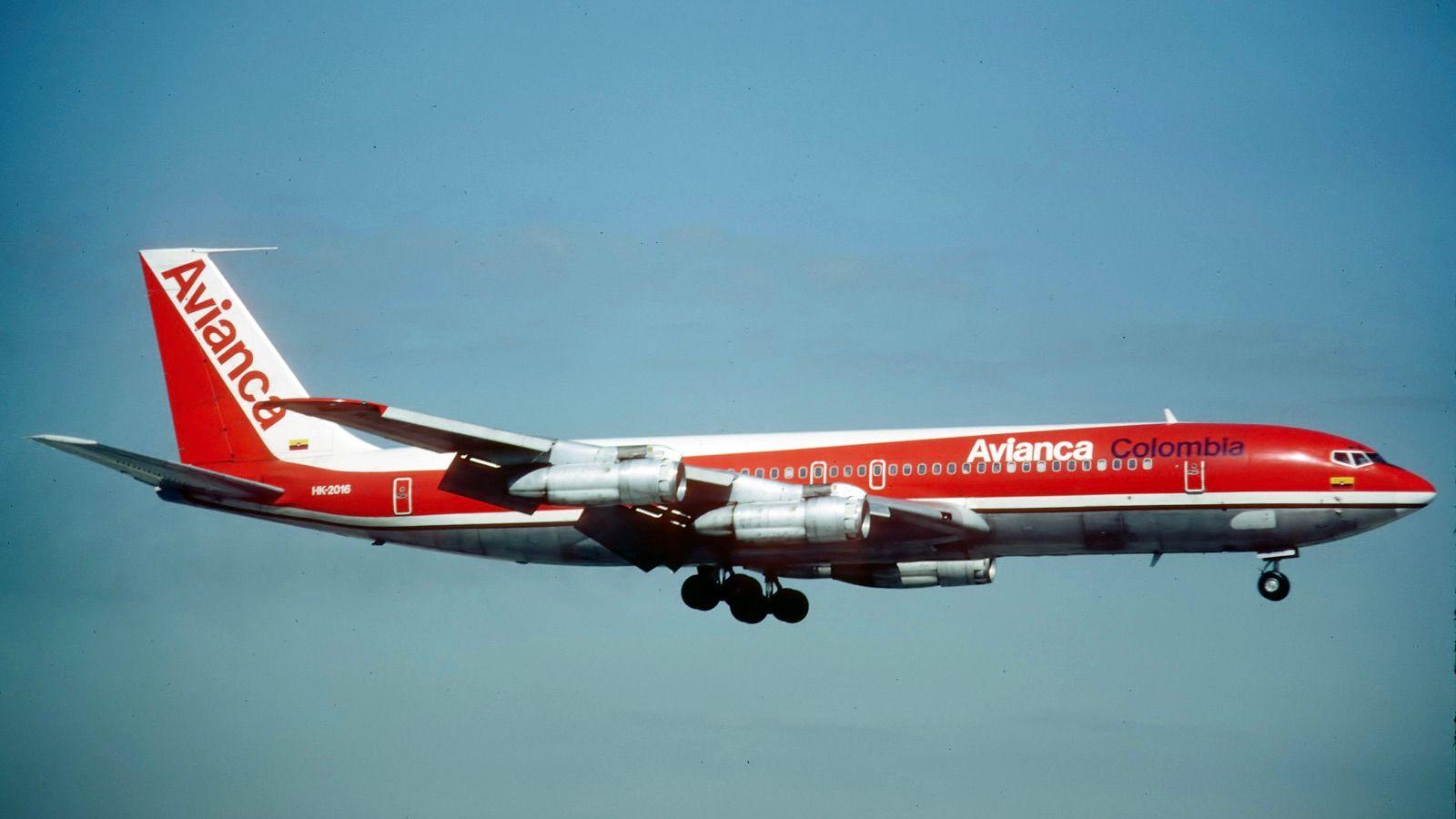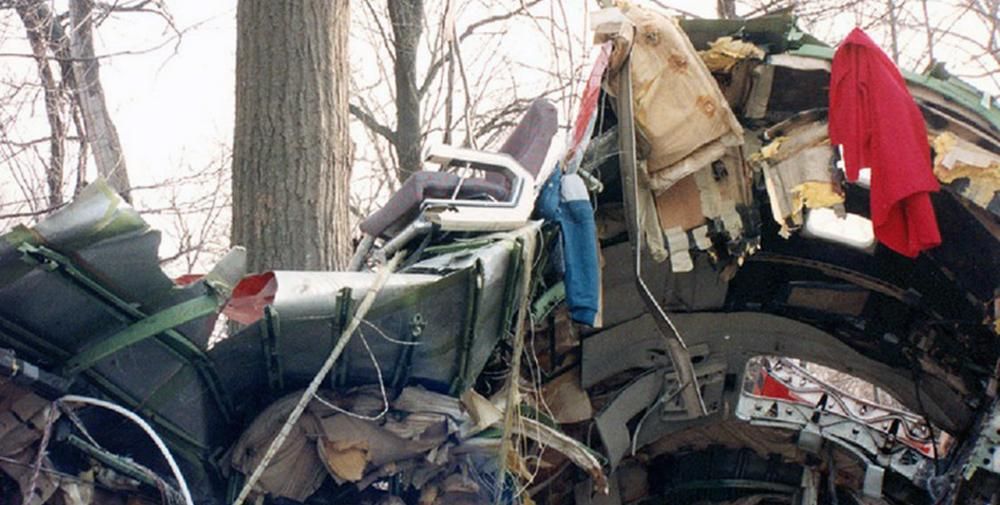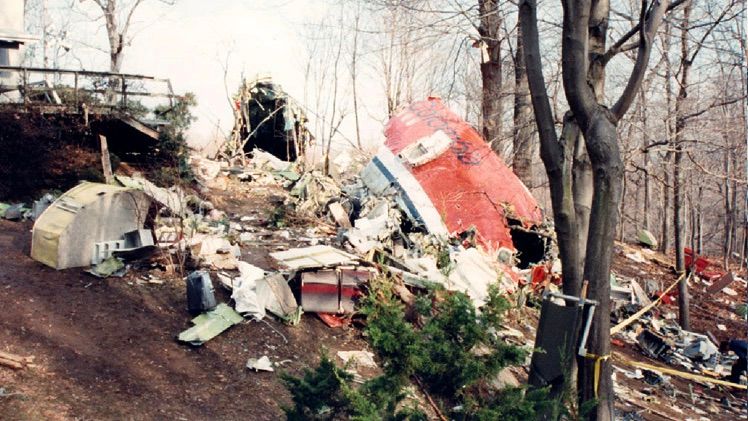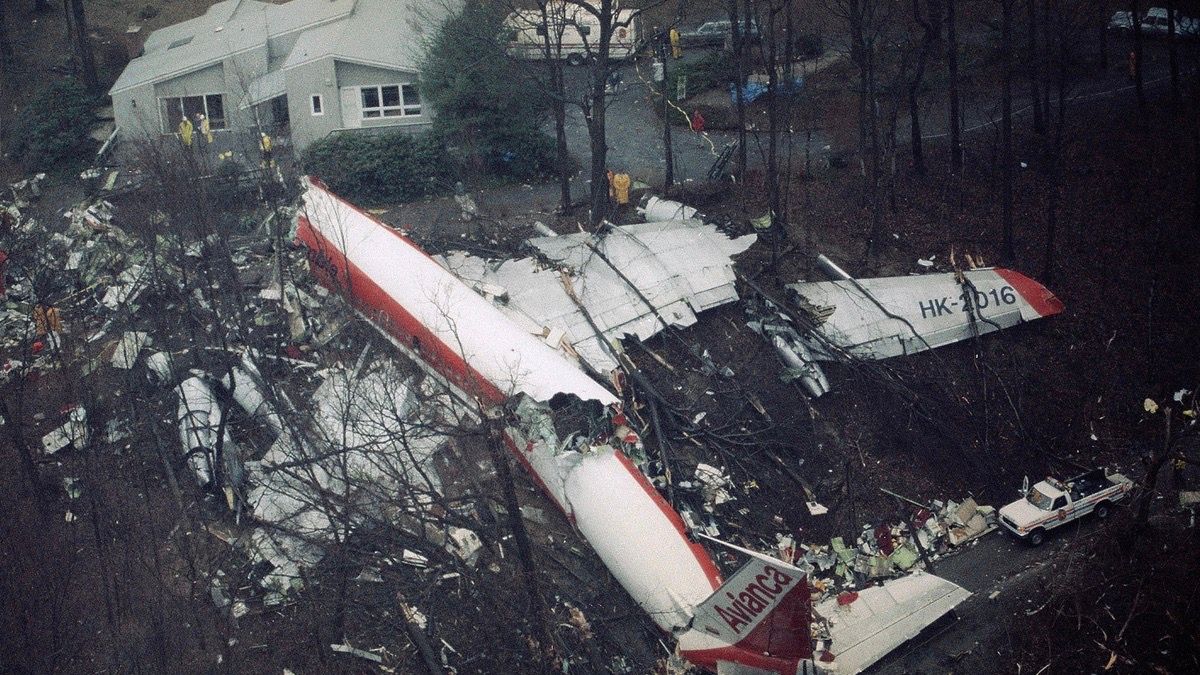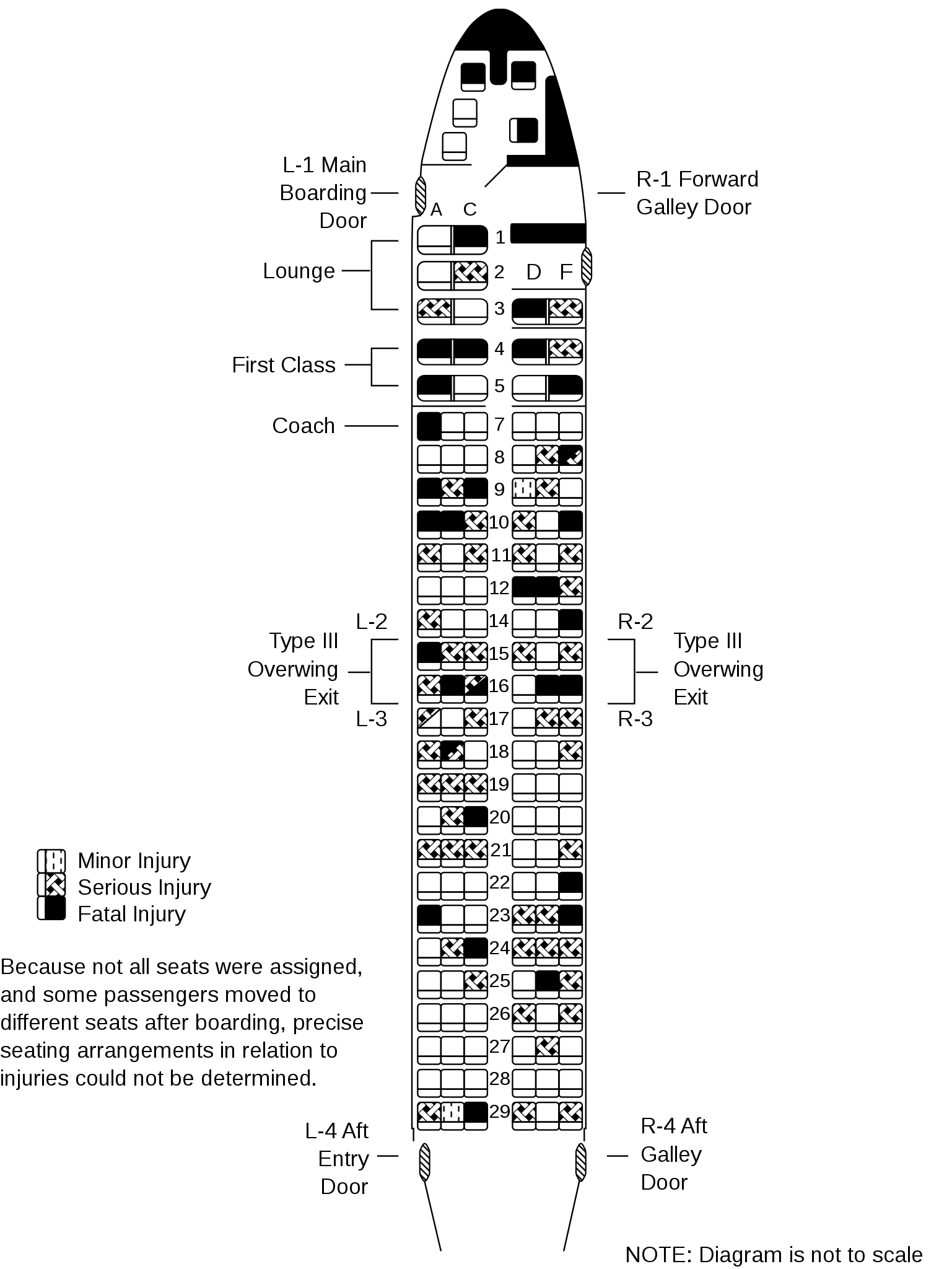Summary
- Poor communication led to Avianca flight 052 running out of fuel and crashing.
- The flight crew failed to declare an emergency, leading to 73 fatalities and 85 survivors.
- Lack of preparation by the flight attendants, badly maintained equipment, and poor communication contributed to the tragic accident.
It was January 25th, 1990, and Avianca flight 052 was preparing to take off on its next flight. They had flown in from Bogotá, Columbia to Medellin and were bound for John F. Kennedy International Airport, New York. The Boeing 707 had 149 passengers and nine crew onboard.
In the flight deck were captain Laureno Caviedes Hoyos, first officer Mauricio Klotz and flight engineer Matias Moyano. The lead flight attendant was Alberto Contreras and his crew were Amanda Gonzales, Cermin Rivera, Elena Rodriguez, Jairo Turco and one unknown.
A normal flight
The dispatcher and captain had loaded 78,000 pounds of fuel, and considering the expected bad weather in New York, they added another 2,000 pounds in case they had to hold. They had more than enough fuel onboard and took off at 15:08. In the cabin, the flight attendants had performed the inflight safety demonstration pre-take-off. The passengers settled into a Sean Connery movie. The crew served a meal of chicken and rice and red wine. Everything seemed perfectly normal.
Deadly hold
The aircraft was put into a series of holding patterns due to the inclement weather and delays in New York:
- At 19:04, over Norfolk, Virginia until 19:23
- At 19:43, over Atlantic City, New Jersey until 20:12
- At 20:18, over CAMRN Intersection until 20: 47
Communication breakdown
Air traffic control had given false delay estimates, and flight 052 was running low on fuel. At 20:44, the controller advised of an ‘indefinite hold’ and said to expect clearance at 21:05. The first officer told the controller they only had five minutes of fuel left. The controller asked about an alternate airport. The first officer said “Boston, we can’t do it, we’ll run out of fuel.” At 20:54 another controller directed the flight north of the airport in a 360-degree turn. Two minutes later, the controller told them there was a wind shear.
The controllers had not realized the seriousness of the situation as the word emergency was not used. Instead, they used the word ‘priority’ and said that they were running out of fuel. The communication was poor, and they would attempt to land in the drizzle and fog with little visibility. At 21:03, they descended to 2,000 feet, discussed the go-around procedure, and prepared for landing. The ground proximity warning system went off, and they could not see the runway.
Running on empty
Unfortunately, the aircraft had to abort the landing and go around. They had almost crashed in an attempt to land. A violent, steep climb followed this. Passengers were getting agitated and nervous and had to be calmed by the flight attendants. By this point, the aircraft was running on empty. The captain kept asking the first officer if he had told the controllers about their situation, and he said he had.
A flight attendant opened the cockpit door to see what was happening, as they had heard nothing from the flight crew. At 21:32, two of the four engines flamed out. The controller said that they were number two to approach. They ran out of fuel before the second attempt at landing could be made. The controller asked them if they had enough fuel. There was no response.
Falling out of the sky
Flight 052 fell out of the sky with extreme G force. The cabin went black as there was no power and the emergency lights came on. The silence was deafening before screams started when realization kicked in. In the cabin, people prayed, cried and passed out in fear. The aircraft crashed into a hillside in a residential area in Cove Neck, Long Island at 21:34.
The fuselage was broken into three pieces; the cockpit and forward cabin were 90 feet away, over the crest of the hill. Residents said it sounded like a car crash. There were seat cushions, oxygen masks strewn around, and broken bones and blood everywhere. There was no fire due to there being no fuel. Passengers were found still strapped in their seats, and survivors cried out for help.
Locals arrived at the scene to help, shocked by what had happened. One young lady, walking her dog, called for help and picked up infants who had been thrown from the aircraft. Her father helped. A local veterinarian treated broken bones and hung IV drips from trees. The rescue teams arrived 30 minutes later, the amount of traffic in the area had slowed them down. The rescue teams were expecting a Boeing 747.
“We expected the worst. We could see the plane was descending, and there was no airport anywhere. There were chairs and seats on top of people. People ended up in other people’s seats. Everyone was all tangled up.”
Passenger on Avianca flight 052 as told to the New York Times.
Dreadful aftermath
The cabin floor was severely damaged, and passenger seats had derailed and separated. On the descent and impact, passengers were flung forward. Many were trapped in the twisted metal, the force of the impact breaking their legs. Some were carrying infants who were ejected from their arms. Passengers were hard to identify as many had moved seats during the flight, and the airline did not assign seats.
“There was no time to scream. The pilots or stewardesses didn’t say a thing. They didn’t give us instructions of any kind. No one said there was an emergency.”
Passenger on Avianca flight 052 as told to the New York Times.
Some of the critically injured were not extracted until 23:30. Helicopters took 21 of the injured to hospital, but three died of their injuries. Six bodies were found outside of the aircraft, and a make-shift morgue was set up in a garden. Bodies were placed in white bags and tagged with a number. Two priests were giving last rites or comforting survivors. Residents brought food and blankets and offered to translate.
By 03:30, all survivors had been evacuated to hospitals, all with severe injuries. Injuries were broken legs, spinal fractures, head injuries, and cuts and bruises. There were 65 passenger fatalities, and of the crew, only the lead flight attendant survived but had multiple fractures. The flight crew suffered blunt force trauma to the head and upper torso. The flight attendants had blunt force trauma to the limbs, abdomen, chest, and head. There were 85 survivors in total.
“I must have been so frightened that I bit down hard on my hand and I bit right through the bone. When I woke up, I was on the ground outside the plane.”
Passenger on Avianca flight 052 as told to the New York Times.
Cause of the accident
The NTSB report said that the cause of the accident was the flight crew failing to properly declare an emergency, failure to use an airline operational control dispatch system, inadequate traffic and flow management by the FAA, lack of standardized understandable terminology for the pilots and the controllers for minimum and emergency fuel states.
Lessons learned
The NTSB also said that had the passengers been prepared to brace there would have been less severe injuries. The flight attendants had no communication from the cockpit and did not prepare the passengers for an emergency landing. The NTSB said that had the infants been seated in FAA-approved seats there would have been less injuries.
The flight crew did not have shoulder harnesses on their seats, and all seats were ejected from the aircraft. This was a legal requirement in the US but not in Columbia. The NTSB had asked for the flight attendants’ training records, but they were never received. The emergency slides were inoperable and did not have girt bars or attachments.
The airline did not dispatch flight following or provide the pilots with weather information during the flight. The autopilot was unusable and had not been fixed, so the captain had flown the aircraft for over six hours manually, which must have added to the stress in the cockpit. The flight data recorder was found; however, it had been tampered with and was inoperative.
Some passengers were found to be carrying cocaine in their abdomens; some were fatalities. Two survivors were arrested and jailed.


